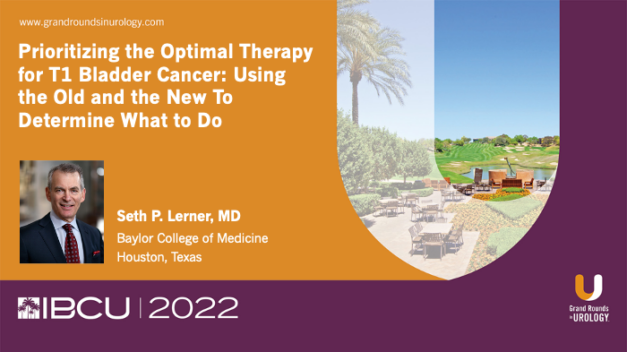Point-Counterpoint: Erectile Dysfunction After Local Therapies: PDE5 Inhibitors and Early Penile Rehab Improves ED Recovery Following Radical Surgery – Pro
T. Mike Hsieh, MD, MBA, presents the pros of using PDE5 inhibitors and early penile rehabilitation to treat erectile dysfunction post-radical prostatectomy. In this presentation, Dr. Hsieh discusses, the role of tissue hypoxia in recovery failure, the changing ratios of collagen versus smooth muscle in the organ pre- and post-operation, and why Restoration of QoL, not Spontaneous Erection Recovery, should be the measure of success.
This lecture is part of a Point-Counterpoint debate. Its opposing lecture is “Point-Counterpoint: Erectile Dysfunction After Local Therapies: PDE5 Inhibitors and Early Penile Rehab Improves ED Recovery Following Radical Surgery–Con.”
Read More









